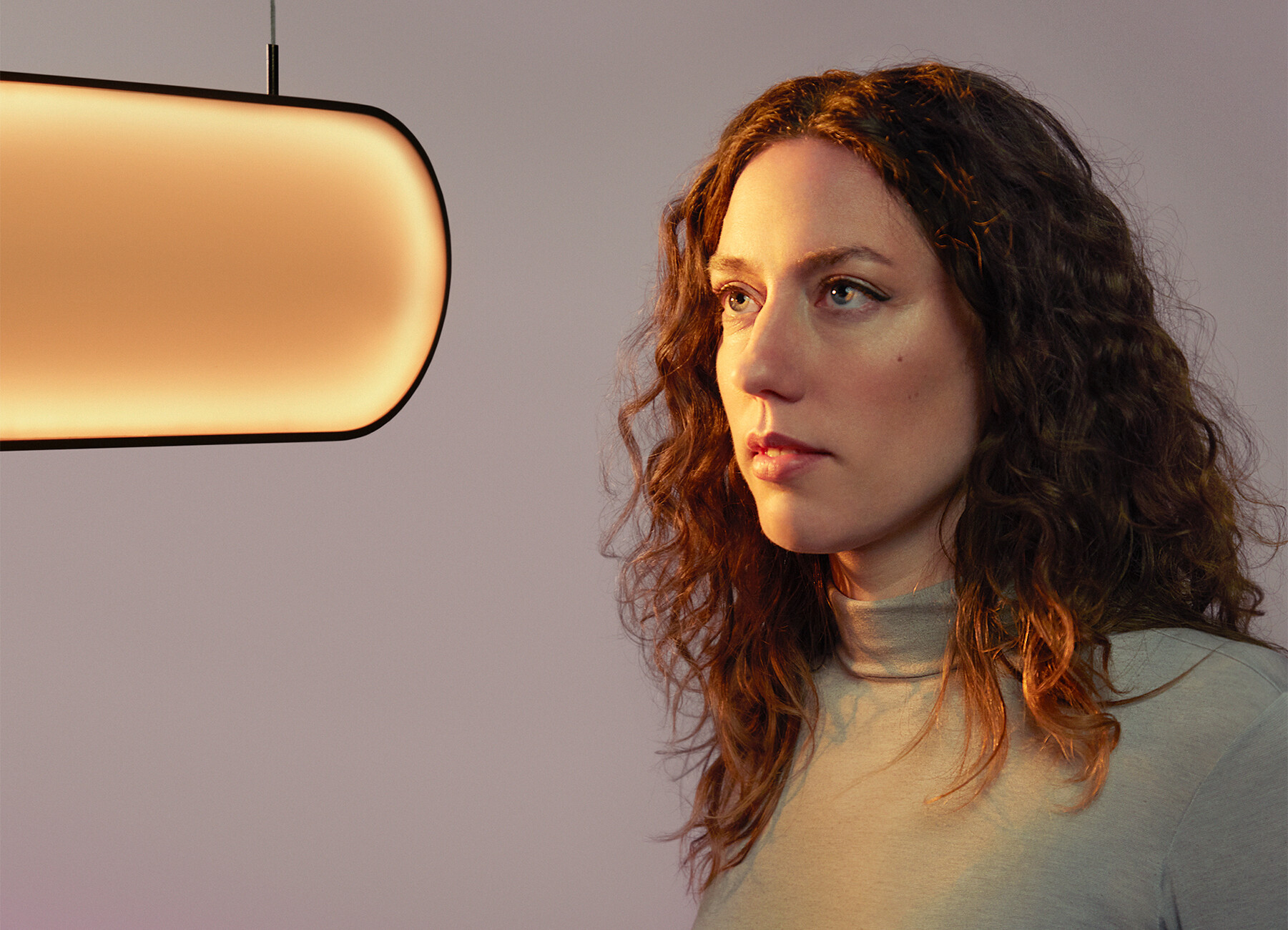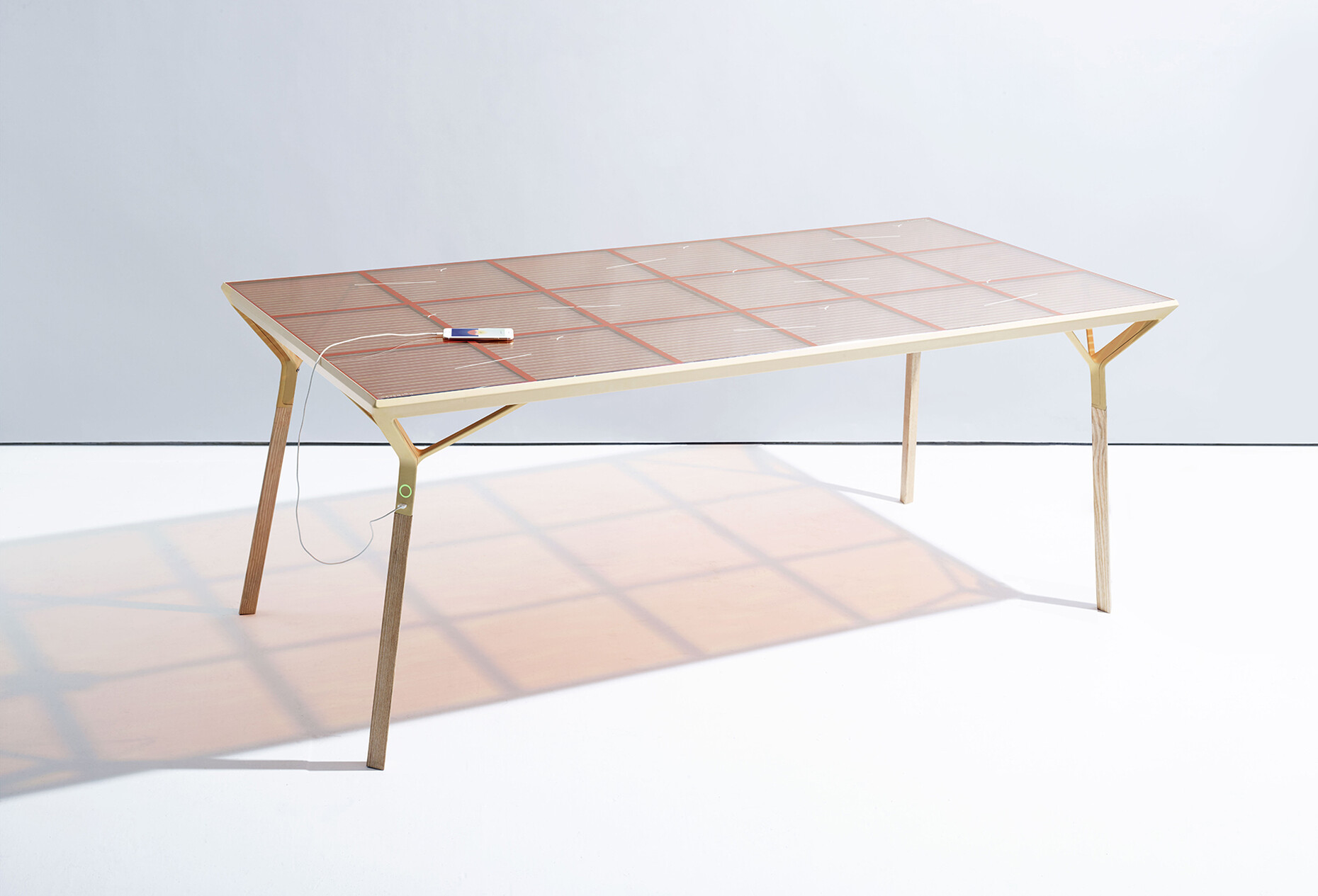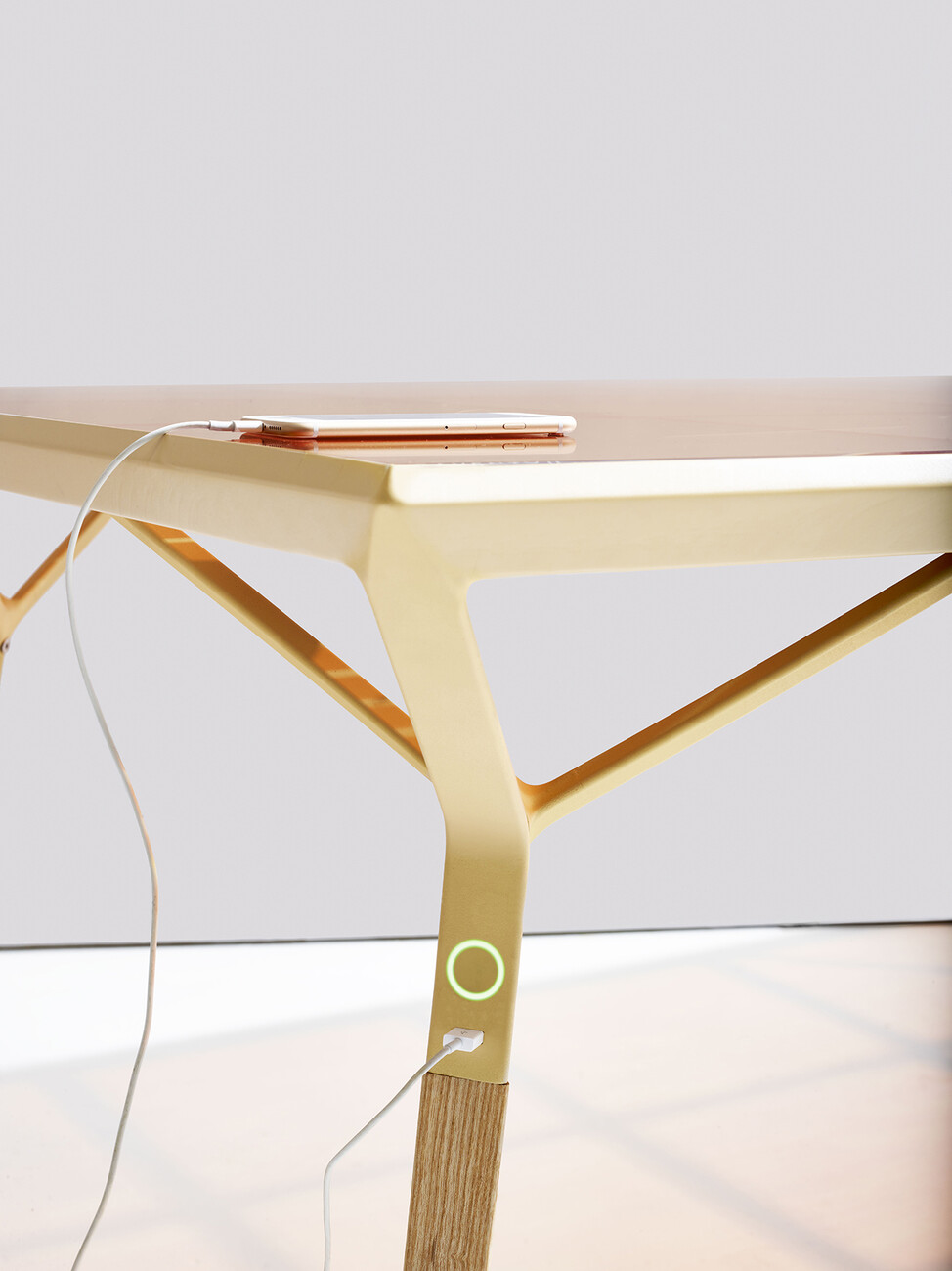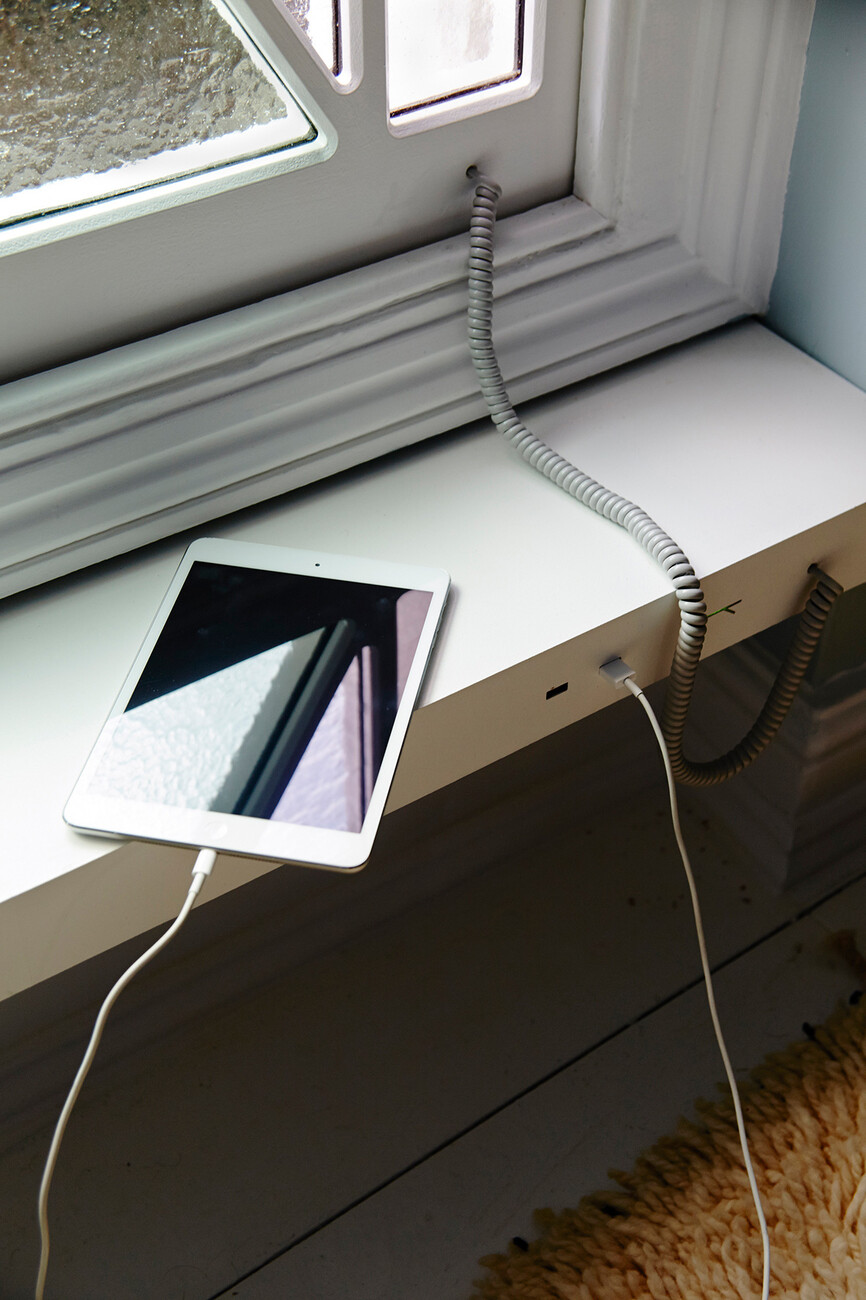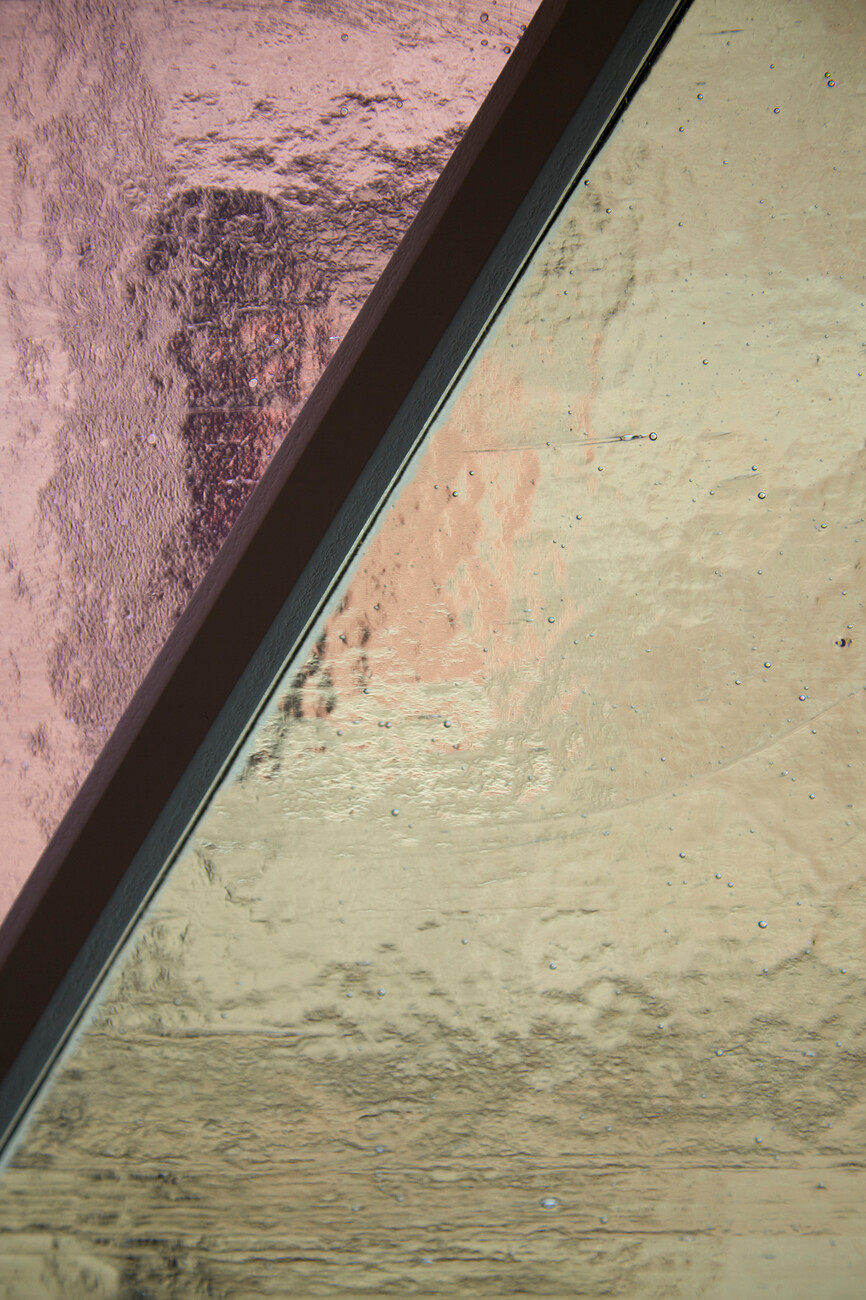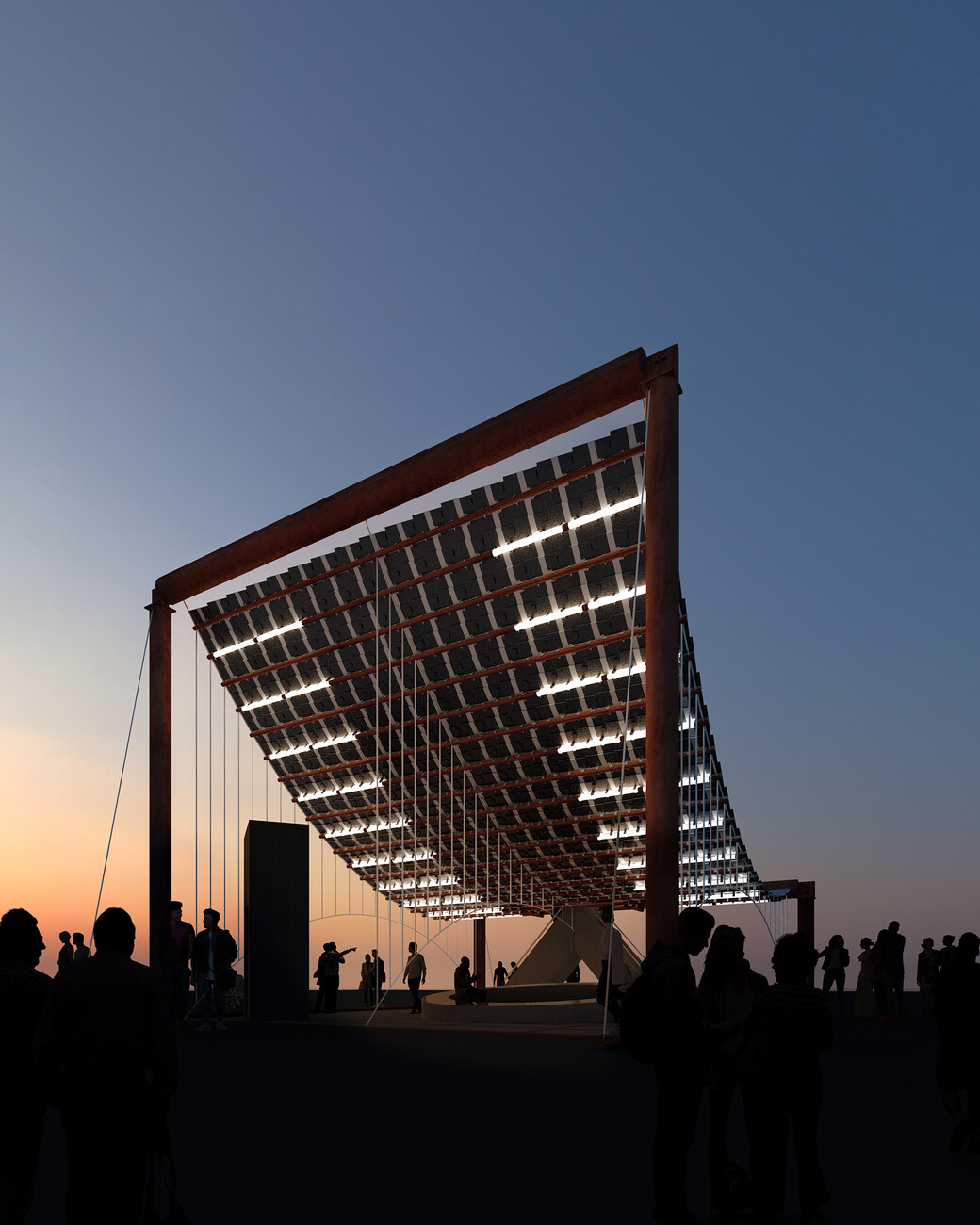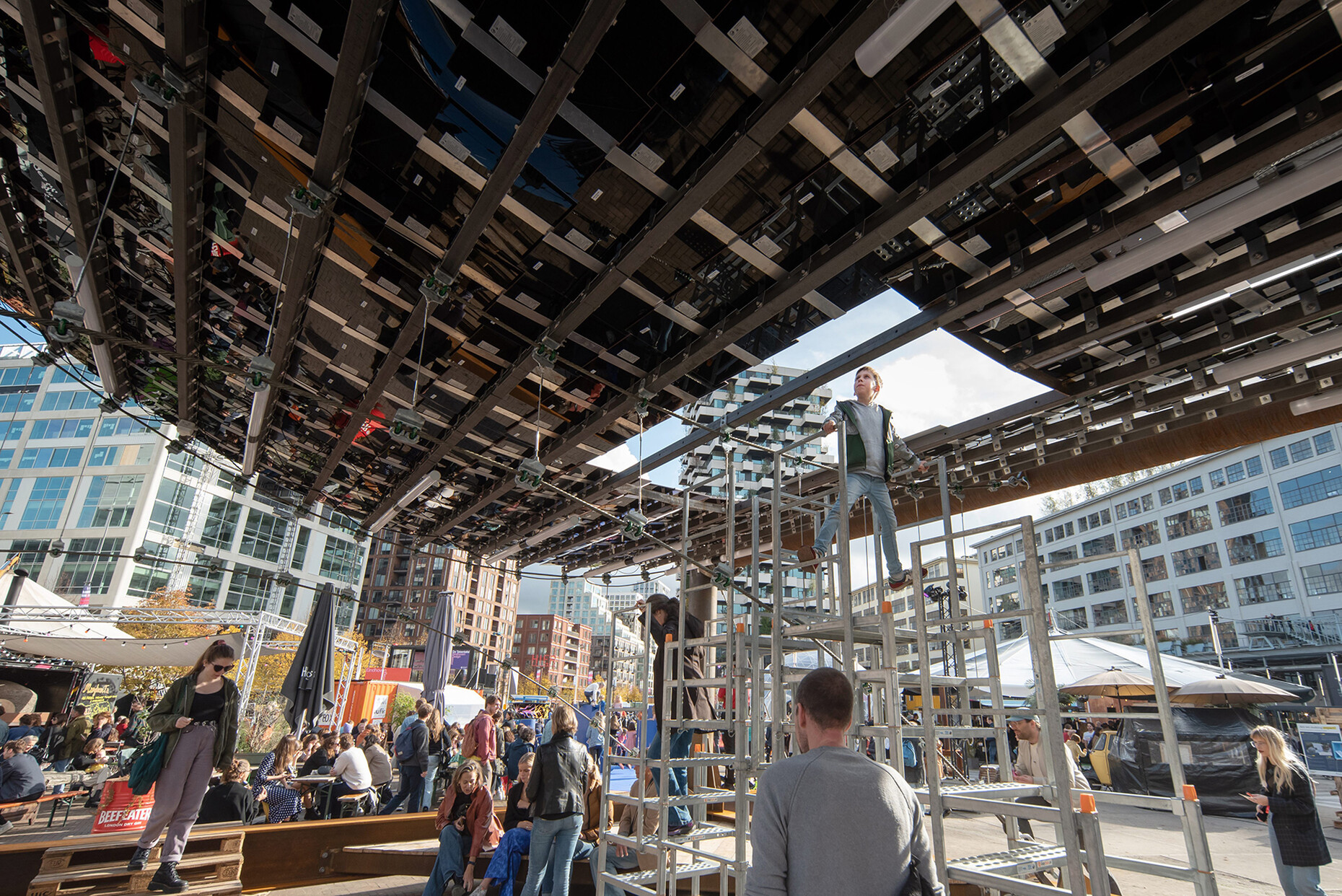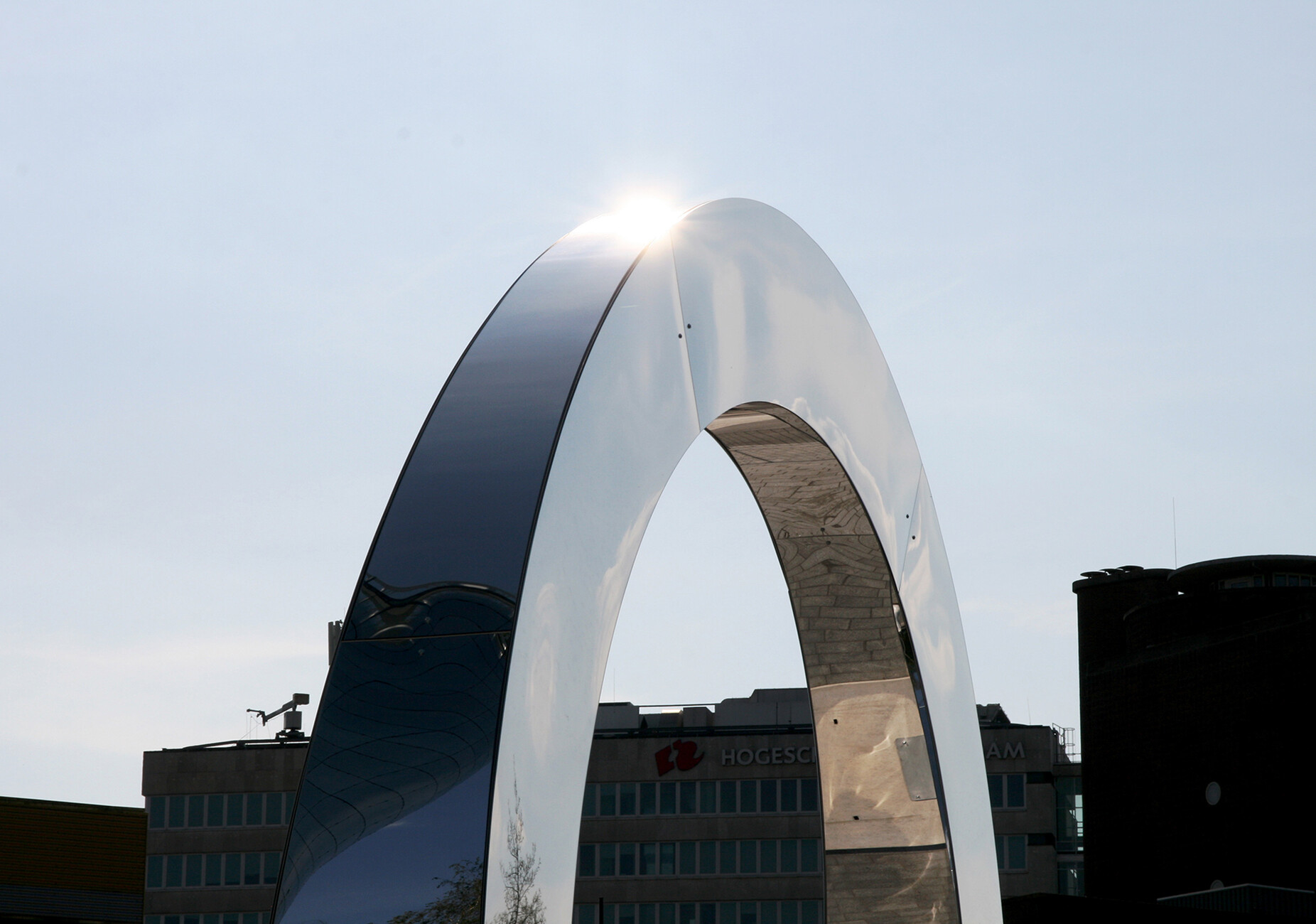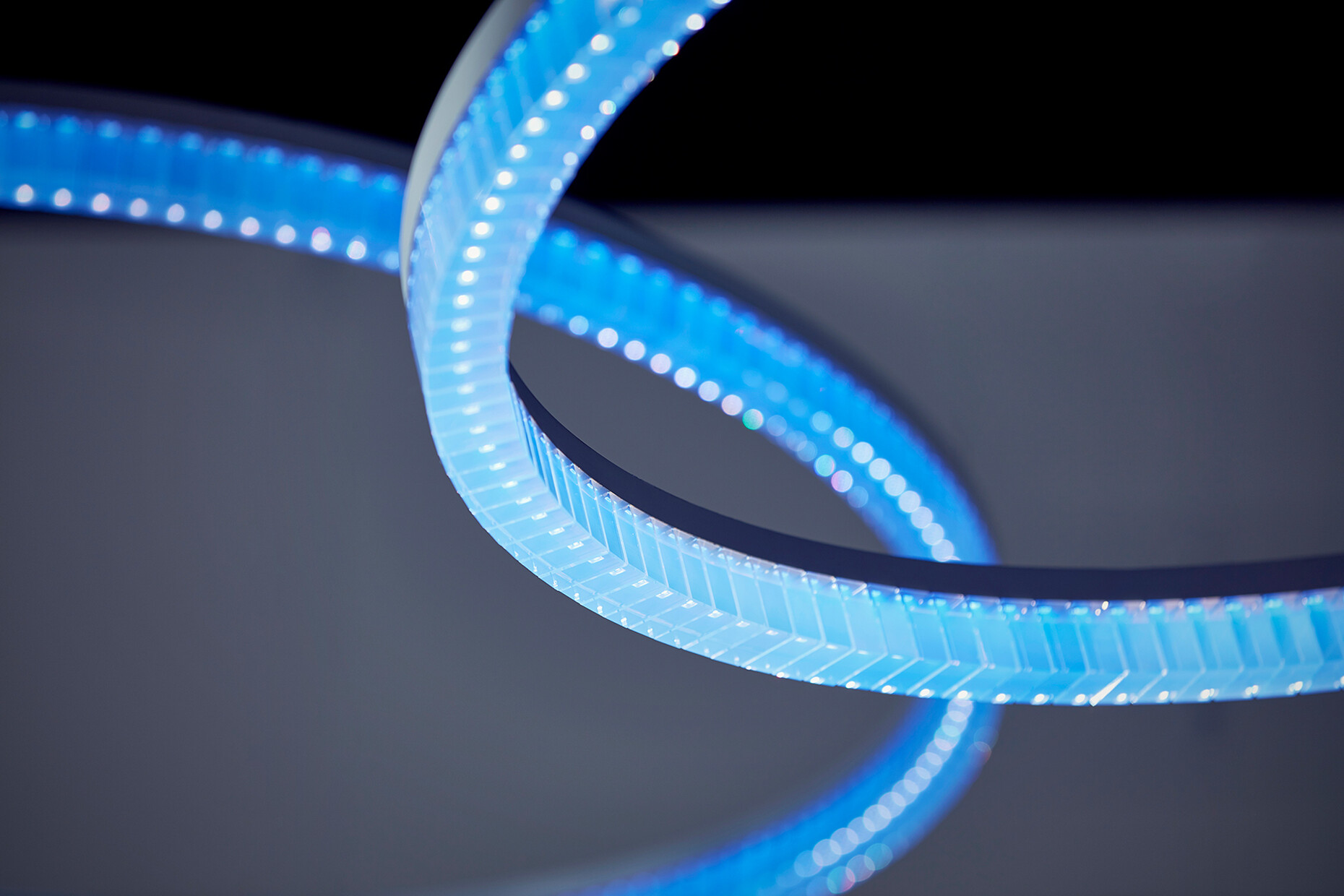Designing with the sun
Anna Moldenhauer: What sparked your interest in designing solar objects?
Marjan van Aubel: The solar panels we install on the roofs are not really designed, because there is no need for them. Since oil was cheaper for energy production in comparison, there was no investment in solar research for decades. However, the technology offers many fascinating possibilities, which I would like to show with my work. The question of how expensive a solar technology is, should no longer decisive today. We need to take a different look at solar energy, to be aware of the possibilities that arise when you look at solar energy as a material. The panels can be part of the architecture or the interior, they can be shaped flexibly and also show different colours.
What does it take to make solar technology more accessible to the society?
Marjan van Aubel: The disciplines of design and architecture do not work together sufficiently. There needs to be a better understanding of how wide the range is in which solar modules can be used. At the moment, solar technology is a finished product that cannot be adapted for individual applications. The limited access to the technology should open up.
What is your state of research for coloured solar cells?
Marjan van Aubel: Recently, for example, I designed the solar roof of the Dutch pavilion at the Expo in Dubai, which supplies it with solar energy. Its skylights consist of transparent organic photovoltaic (OPV) cells. The organic solar cells are based on thin PET films and are therefore easy to transport. They can also be quickly disassembled and reused in another place.
What is the advantage of these coloured solar cells?
Marjan van Aubel: They can be integrated into different surfaces or facades. You can have a coloured façade that would be a black box if you used conventional panels. They also work differently from the standard silicon surface because they need a different light spectrum – that means you can work on a façade with less light. There are technologies that require very little light to perform, so these solar cells work in the shade as well.
I saw that you worked with curator and designer Matylda Krzykowski at Het Nieuwe Instituut in Rotterdam to present the exhibition "The Energy Show". What was important for you to convey in the course of this exhibition?
Marjan van Aubel: The exhibition "The Energy Show – Sun, Solar and Human Power", which Matylda and I curated, was part of the Solar Biennale, which focused on the design possibilities of solar energy. It was important for us to use the dozens of examples of solar technology to change the visitors' perception of what solar cells can look like and what benefits they have for our everyday lives. With the exhibition, we brought together the different sectors and asked what we need to accelerate the sustainable energy transition.
What would be the ideal for you?
Marjan van Aubel: I describe this in my book that has just been published "Solar Futures: How to Design a Post-Fossil World with the Sun explores the future of solar energy". Basically, it's about how we should be more intergrative with solar energy, more independent and more with the idea of networking.
Recently, together with Formafantasma, you were ambassadors for the 21st edition of Dutch Design Week (DDW). What did you present there?
Marjan van Aubel: We made solar energy an experience for the visitors – there were two projects, one was the "Sunne Experience", a room in which many "Sunnes", pendant lights that run on solar energy, were lined up. When you walked through the installation, they changed colour and you could experience the sunrise, sunlight and sunset through the lights. The second project was the Pavilion, a collaboration with V8 Architects and Kameleon Solar. The solar panels in pastel colours were stretched across the ceiling of the Pavilion like a canvas. The panels are printed with a transparent ink so that light can shine through them, and the viewer can experience colour at the same time. You could also climb a staircase to see the solar panels from a different perspective. With this project we also wanted to show younger designers the possibilities of solar technology and the possibilities its design can offer.

Solar Futures
How to Design a Post-Fossil World with the Sun
Author: Marjan van Aubel
Additional text contributions by Matylda Krzykowski, Sander Mann
Publisher: Jap Sam Books, and made possible with the support of Creative Fund NL, Prins Bernhard Cultuurfonds and the Sandberg Institute
288 pages
Hardcover
Language: English
ISBN: 978-94-92852-65-6
39,95 Euro
